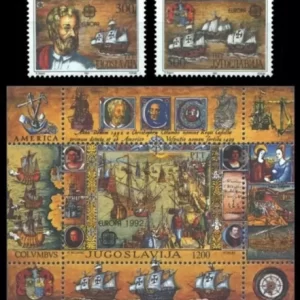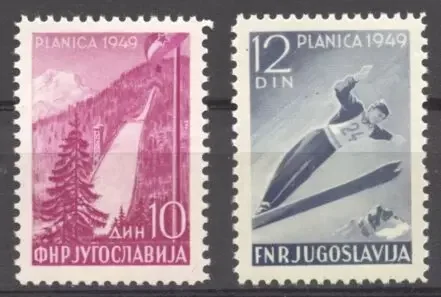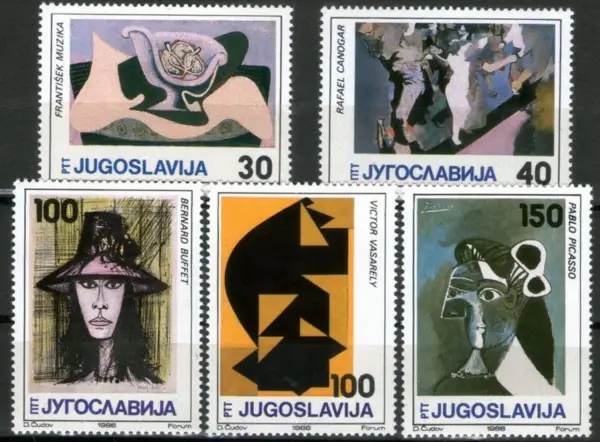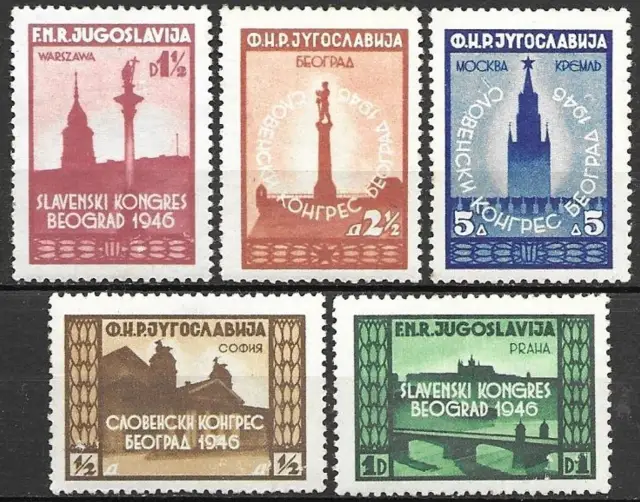Yugoslavia year 1965 stamps Local Tourism set MNH
The Yugoslavian stamp set for “Local Tourism” issued in 1965 is a notable issue that showcases various tourist destinations and architectural/natural beauty spots across the former Yugoslavia.
Key Details of the Set:
| Feature | Detail |
| Theme Name | Tourism or Local Tourism (also referred to as “Tourist Destinations”) |
| Year of Issue | 1965 |
| Number of Stamps | The complete set consists of 6 stamps. |
| Subject Matter | The stamps feature different famous landmarks and scenic beauty spots from the various regions of Yugoslavia. These typically include: |
| – Coastal towns/scenes (e.g., Dubrovnik, Budva). | |
| – Mountain resorts or natural parks. | |
| – Historic architecture or monuments. | |
| Catalog Numbers | This set is often cataloged as Michel Nos. 1125-1130 or Scott Nos. 794-799 (check a current catalog for the precise numbers and denominations). |
This set is distinct from other 1965 Yugoslavian issues like the “Industry” or “Flowers” sets, focusing entirely on promoting the country’s diverse tourist offerings.












Reviews
There are no reviews yet.